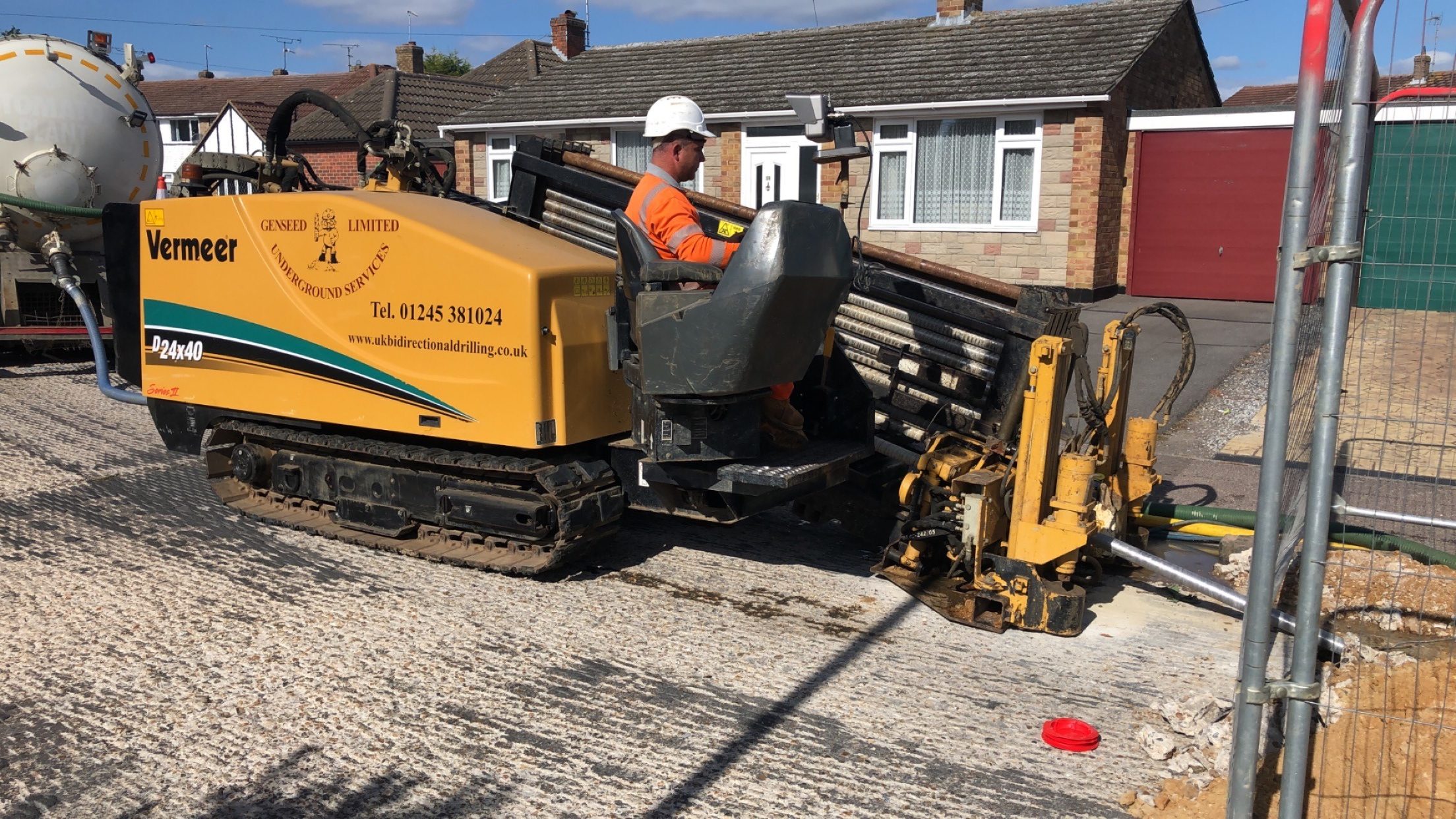Horizontal directional drilling, also known as horizontal directional drilling, is a groundbreaking technique which has revolutionized the way underground utilities are installed. This approach allows for the creation of subsurface routes for pipes, cabling, and various infrastructure without the need for extensive surface disturbance. By utilizing advanced technology and tools, HDD allows construction professionals to bore through various soil types and navigate challenging underground environments, making it an optimal solution for cities and sensitive environments.
As we explore the techniques and innovations within HDD, we'll reveal its key benefits over conventional trenching methods, the increasing importance it plays in modern infrastructure projects, and its increasing importance in sectors like telecommunications and renewable energy. With a focus on safety measures, eco-friendliness, and project efficiency, HDD is poised to remain at the forefront of trenchless innovation for the foreseeable future. Whether you're a project lead, technical expert, or investor, understanding the details of HDD can significantly improve your approach to utility installations and infrastructure development.
Understanding Horizontal Directional Drilling: Approaches and Benefits
Horizontal Directional Drilling is an advanced non-invasive methodology that enables for the placement of utility pipelines beneath the surface without the need for extensive earthworks. The process starts with the drilling of a initial hole along a designated path. Using a customized drill bit, operators steer the drill through the earth, leveraging real-time tracking technology to ensure accuracy. Once the pilot hole is created, it is reamed to create a broader diameter, making it suitable for the utility being installed. This technique significantly minimizes surface disruption and eliminates the need for old-fashioned trenching techniques.
One of the top advantages of employing HDD in infrastructure installations is the low adverse effect it provides compared to traditional methods. Visit this link permits projects to navigate delicate habitats, highways, and rivers without disturbing the surface, maintaining vegetation and wildlife habitats. Moreover, HDD contributes to reduced noise pollution and can significantly minimize the chance of soil erosion, making it an sustainable choice for infrastructure development. By diminishing the impact of site work, HDD aligns with modern sustainability goals.
Another key benefit of HDD is its capability to significantly decrease project timelines. The effectiveness of the HDD operation means that infrastructure installations can often be completed faster than traditional trenching approaches. This swift deployment is particularly helpful in urban settings, where time is often critical due to traffic congestion and the existence of existing infrastructure. With advanced technology improving the accuracy and speed of deployments, HDD positions itself as a top choice for utility contractors and project managers alike, opening up opportunities for more effective construction practices. ### HDD in Modern Infrastructure Projects
Horizontal Directional Drilling (HDD) has become a pivotal technique in contemporary infrastructure projects due to its capability to install utilities under highways, waterways, and current structures with little surface disruption. As metropolitan areas continue to grow, the need for powerful, non-invasive methods of utility installation and maintenance has risen significantly. HDD allows for the placement of pipelines, fiber-optic lines, and utility lines without needing the extensive excavations that classic trenching methods demand, considerably reducing the impact on the environment and surrounding communities.
One of the primary advantages of HDD in modern infrastructure is its versatility in navigating complex terrains and urban landscapes. Horizontal Directional Drilling Balbriggan Ireland can be adapted to various soil conditions and can easily transition from one type of substrate to another, thus making it ideal for cities with a combination of residential, commercial, and production zones. Moreover, for initiatives that involve sensitive areas or protected environments, such as marshes or wildlife habitats, HDD represents a gentle solution that lessens ecological disturbances.
As infrastructure projects increasingly aim for green practices and shortened timelines, HDD is positioned at the vanguard of this evolution. The power to quickly and rapidly install essential services like water, drainage systems, and telecommunications lines translates to fewer disruption for communities and speedier project completions. Furthermore, advancements in techniques, such as enhanced drilling equipment and GPS systems, boost the accuracy and success of HDD operations, opening doors to its increased application in subsequent infrastructure developments.
Issues and Advancements in HDD

In spite of the notable merits of horizontal directional drilling (HDD), the technique faces a number of hurdles that contractors must overcome. Soil conditions, such as soil composition and geology, can fluctuate greatly, influencing the drillability and success of a project. Finding rock or unforeseen obstacles can lead to increased costs and project delays. Additionally, environmental regulations and licensing processes can hinder HDD operations, especially in sensitive areas where little environmental disruption is required.
Advancements in technology and approaches have emerged to tackle these difficulties. Cutting-edge software is now used for planning and design, enabling precise mapping of underground utilities and geological features. Immediate monitoring systems allow operators to adjust drilling parameters on-the-fly, ensuring that any issues are swiftly resolved. New drilling tools and methods, such as guided boring and rock drilling tools, have boosted the ability to navigate difficult terrains, making HDD a practical option in once difficult locations.
The future of HDD is promising, with continuous improvements on the horizon. The merging of GPS and advanced telemetry will boost the accuracy and efficiency of drilling operations, while research into novel materials and equipment will advance the industry ahead. As HDD technology advances, it's prepared to play an even greater role in the construction of contemporary infrastructure, offering innovative solutions that address the growing demands of city development and utility installation projects.
